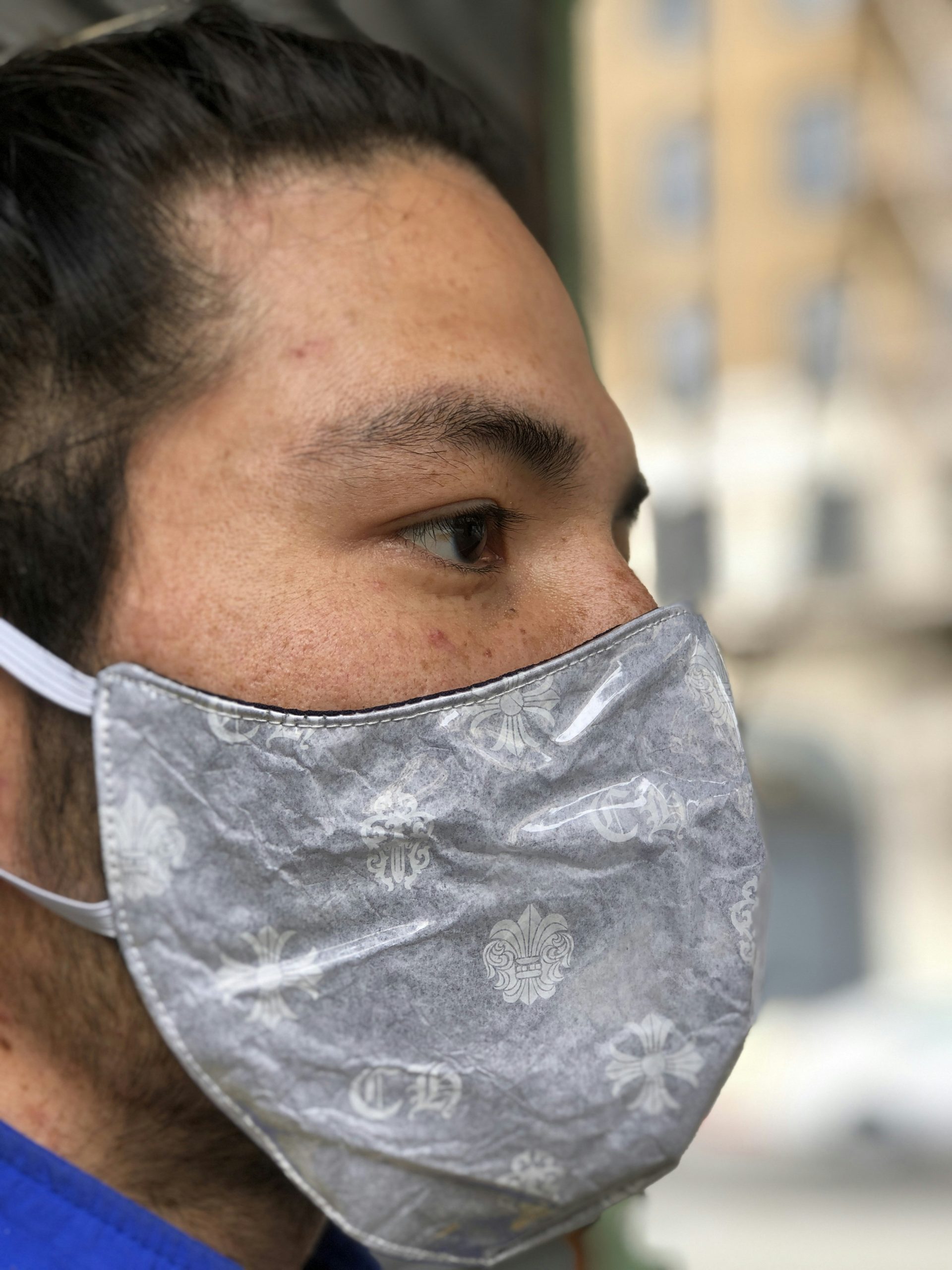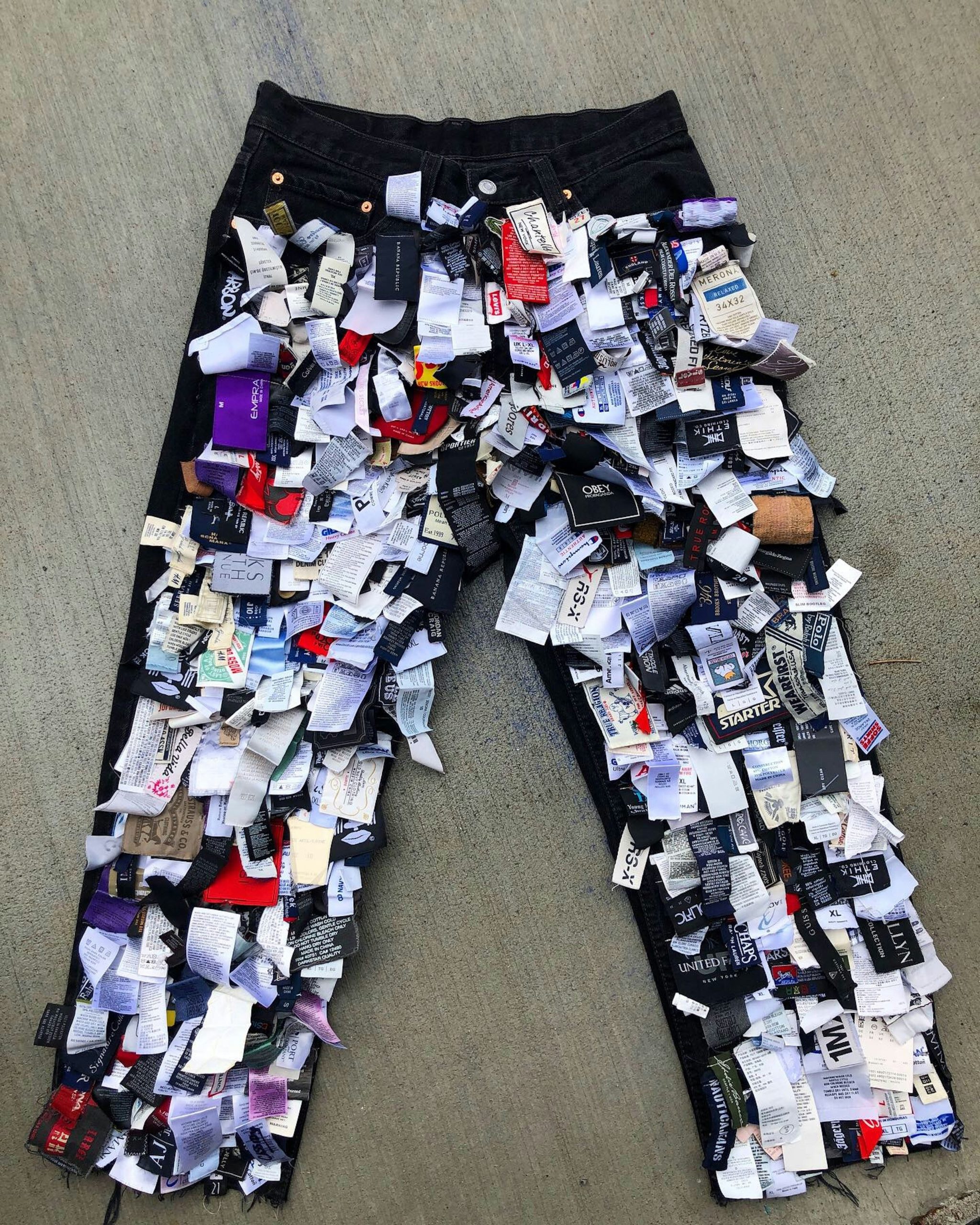Let’s embark on an eco-friendly journey together, exploring the ways to nurture and maintain our sustainable wardrobes. In “How Do I Care For Eco-friendly Fabrics?” we’ll delve into practical and thoughtful methods to care for these mindful materials, ensuring they remain vibrant and durable for years to come. From gentle washing techniques to drying tips and proper storage, we’ll uncover how our everyday choices can make a positive impact on the planet while keeping our favorite pieces in pristine condition. Join us as we embrace sustainability, one fabric at a time. How do we care for eco-friendly fabrics? This is a question more and more of us are asking as we move toward sustainable living and conscious consumption. Caring for eco-friendly fabrics can be slightly different from traditional fabric care, but it’s not as daunting as it may seem. In fact, embracing these practices not only helps the environment but can also be gentler on our textiles, thus extending their life.
Let’s dive into the world of eco-friendly fabrics and learn how to care for them in a manner that is kind to the planet and retains their quality.
Understanding Eco-Friendly Fabrics
Before we unpack how to care for eco-friendly fabrics, we should understand what they are. Eco-friendly fabrics are materials produced with minimal harm to the environment. They can be natural or synthetic but are generally more sustainable than conventional options.
Types of Eco-Friendly Fabrics
Eco-friendly fabrics come in various forms, each with unique characteristics and care requirements.
Organic Cotton
Organic cotton is grown without harmful chemicals and pesticides. This makes it gentler on the environment and our skin.
Hemp
Hemp is a highly sustainable crop that requires little water and no pesticides. Fabrics made from hemp are durable and wear well over time.
Bamboo
Bamboo fabric is soft, breathable, and has natural antibacterial properties. It’s one of the fastest-growing plants, making it a renewable resource.
Tencel and Lyocell
These are made from wood pulp (often eucalyptus) and processed using eco-friendly, closed-loop systems that recycle water and solvents.
Recycled Fabrics
These include materials like recycled polyester, which is made from recycled plastic bottles, and reclaimed wool. They help reduce waste and resource consumption.
General Tips for Caring for Eco-Friendly Fabrics
No matter what type of eco-friendly fabric we are dealing with, there are some universal principles to keep in mind.
Wash Less
Washing garments too often can lead to wear and tear. Unless our eco-friendly clothing is visibly dirty or smells, we can opt to air them out instead.
Use Cold Water
Cold water washes can be just as effective as warm or hot water, and they use less energy. They also help prevent shrinking and fading.
Choose Eco-Friendly Detergents
Eco-friendly detergents are free from harsh chemicals and are biodegradable. They are gentle on fabrics and reduce the environmental impact.
Avoid the Dryer
Air drying is kinder to fabrics and the environment. If we need to use the dryer, selecting a low heat setting can help mitigate damage.
Press with Care
Iron on the lowest necessary setting and avoid leaving the iron in one spot for too long. Alternatively, use a steamer to gently remove wrinkles.

Specific Care Instructions for Different Eco-Friendly Fabrics
Each type of fabric has its own intricacies when it comes to care. Let’s look at some specific guidelines for maintaining different eco-friendly materials.
Caring for Organic Cotton
Organic cotton, though similar to regular cotton in terms of texture and feel, demands a bit more attention to maintain its eco-friendly properties.
Washing
- Temperature: Wash organic cotton in cold water to prevent shrinkage and fading.
- Detergent: Use an organic or mild detergent that won’t introduce harmful chemicals.
Drying and Ironing
- Drying: Air dry if possible, or use a low heat setting on the dryer.
- Ironing: Iron on a medium setting if necessary, but enjoy the natural wrinkles for a more relaxed look.
Caring for Hemp Fabrics
Hemp fabric is incredibly durable and becomes softer with each wash.
Washing
- Temperature: Wash in cold or lukewarm water.
- Detergent: Opt for a gentle, eco-friendly detergent.
Drying and Ironing
- Drying: Air drying is best for hemp to prevent over-drying, which can cause the fabric to feel stiff.
- Ironing: Iron on high heat, using steam if needed.
Caring for Bamboo Fabrics
Bamboo fabric is known for its luxurious softness and silk-like feel. It requires a gentle approach to maintain these qualities.
Washing
- Temperature: Cold water is ideal for washing bamboo to maintain its softness.
- Detergent: Use a mild, biodegradable detergent.
Drying and Ironing
- Drying: Air drying is recommended to prevent damage.
- Ironing: If ironing is necessary, use a low heat setting.
Caring for Tencel and Lyocell
These fabrics are not only eco-friendly but also highly durable and resistant to wrinkles.
Washing
- Temperature: Wash in cold water.
- Detergent: Use a mild detergent.
Drying and Ironing
- Drying: Air dry or tumble dry on a low heat setting.
- Ironing: Iron on the low setting if necessary or use a steamer.
Caring for Recycled Fabrics
Recycled fabrics can include a variety of materials, each with its specific care needs. Generally, synthetic recycled fabrics like polyester will have different requirements than natural recycled materials like wool.
Washing
| Fabric Type | Temperature | Detergent |
|---|---|---|
| Recycled Polyester | Cold | Mild, eco-friendly detergent |
| Reclaimed Wool | Cold to lukewarm | Wool-specific detergent |
Drying and Ironing
| Fabric Type | Drying | Ironing |
|---|---|---|
| Recycled Polyester | Air dry or low heat in the dryer | Low heat setting |
| Reclaimed Wool | Air dry flat to maintain shape | Medium heat, if necessary |
Eco-Friendly Fabric Care Do’s and Don’ts
Do’s
- Do read labels: Always check the care labels for specific instructions.
- Do use eco-friendly products: From detergents to stain removers, choosing green products helps maintain the integrity of eco-friendly fabrics.
- Do treat stains promptly: Addressing stains immediately can prevent them from setting, making them easier to remove.
- Do wash separate: Wash eco-friendly fabrics separately from rougher materials such as denim to prevent abrasion.
Don’ts
- Don’t overload the washer: Overloading can cause friction and damage fabrics.
- Don’t use bleach or fabric softeners: These can be harsh and degrade the fabric fibers.
- Don’t dry on high heat: High temperatures can cause shrinkage and weaken fabric fibers.

Troubleshooting Common Issues
As we strive to care for our eco-friendly fabrics, we might encounter some common issues. Here are solutions to keep our sustainable fabrics looking their best.
Stains
Protein-based Stains (e.g., Blood, Sweat)
| Step | Action |
|---|---|
| Step 1 | Rinse with cold water immediately. |
| Step 2 | Apply a mixture of cold water and baking soda to the stain. |
| Step 3 | Wash normally with eco-friendly detergent. |
Set-in Odors
| Step | Action |
|---|---|
| Step 1 | Soak the fabric in a mixture of water and white vinegar (1:4 ratio). |
| Step 2 | Rinse thoroughly before washing. |
| Step 3 | Wash with an eco-friendly detergent and air dry. |
Fabric Pilling
Pilling can occur even with eco-friendly fabrics. Fortunately, we can mitigate this with a few simple steps.
How to Prevent and Remove Pilling
- Prevention: Wash inside out on a gentle cycle and avoid friction with rough surfaces.
- Removal: Use a fabric shaver or a razor gently to remove the pills.
Extending the Life of Eco-Friendly Fabrics
Adopting mindful practices can significantly extend the lifespan of our eco-friendly garments, making our wardrobes more sustainable over time.
Mindful Consumption
Buy Quality Over Quantity
Choosing high-quality, durable items over numerous fast-fashion pieces limit waste and promotes a more sustainable wardrobe.
Perform Repairs
Little rips, tears, or loose buttons don’t mean the end of the garment. Learning basic repair skills can help us keep our clothing wearable for longer.
Repurpose and Recycle
Before discarding garments, consider repurposing them. Turn old t-shirts into cleaning rags or patchwork quilts. If repurposing isn’t an option, recycle textiles through local programs.

Seasonal Care
Taking the proper steps to store our garments when not in use is essential for maintaining their condition.
Storage Tips for Different Seasons
| Season | Storage Tips |
|---|---|
| Summer | Store wool and other winter fabrics in a cool, dry place, preferably in garment bags. |
| Winter | Keep summer clothing like cottons and linens in breathable containers to avoid mildew and odors. |
Environmentally Friendly Fabric Softening Techniques
Instead of conventional fabric softeners that can be harmful, we can use natural ways to keep our fabrics soft.
Vinegar and Baking Soda
Adding half a cup of white vinegar or a quarter cup of baking soda during the rinse cycle can naturally soften fabrics.
Wool Dryer Balls
Wool dryer balls not only soften clothes but also reduce drying time, conserving energy in the process.
Conclusion
Taking care of eco-friendly fabrics doesn’t have to be a complicated task. By adopting a conscious approach to how we wash, dry, and store our garments, we can significantly contribute to a greener planet. Eco-friendly fabrics require a bit of extra attention, but the results are worth it. They last longer, feel better, and reflect our commitment to a more sustainable lifestyle. Let’s embrace these practices and make the world a better place, one eco-friendly garment at a time.
By following these tips and guidelines, we ensure that our eco-friendly fabrics remain in great condition, making our investments in sustainability both worthwhile and long-lasting. Let’s continue to educate ourselves and others to cherish and look after the earth-friendly choices we make. Happy green living!



